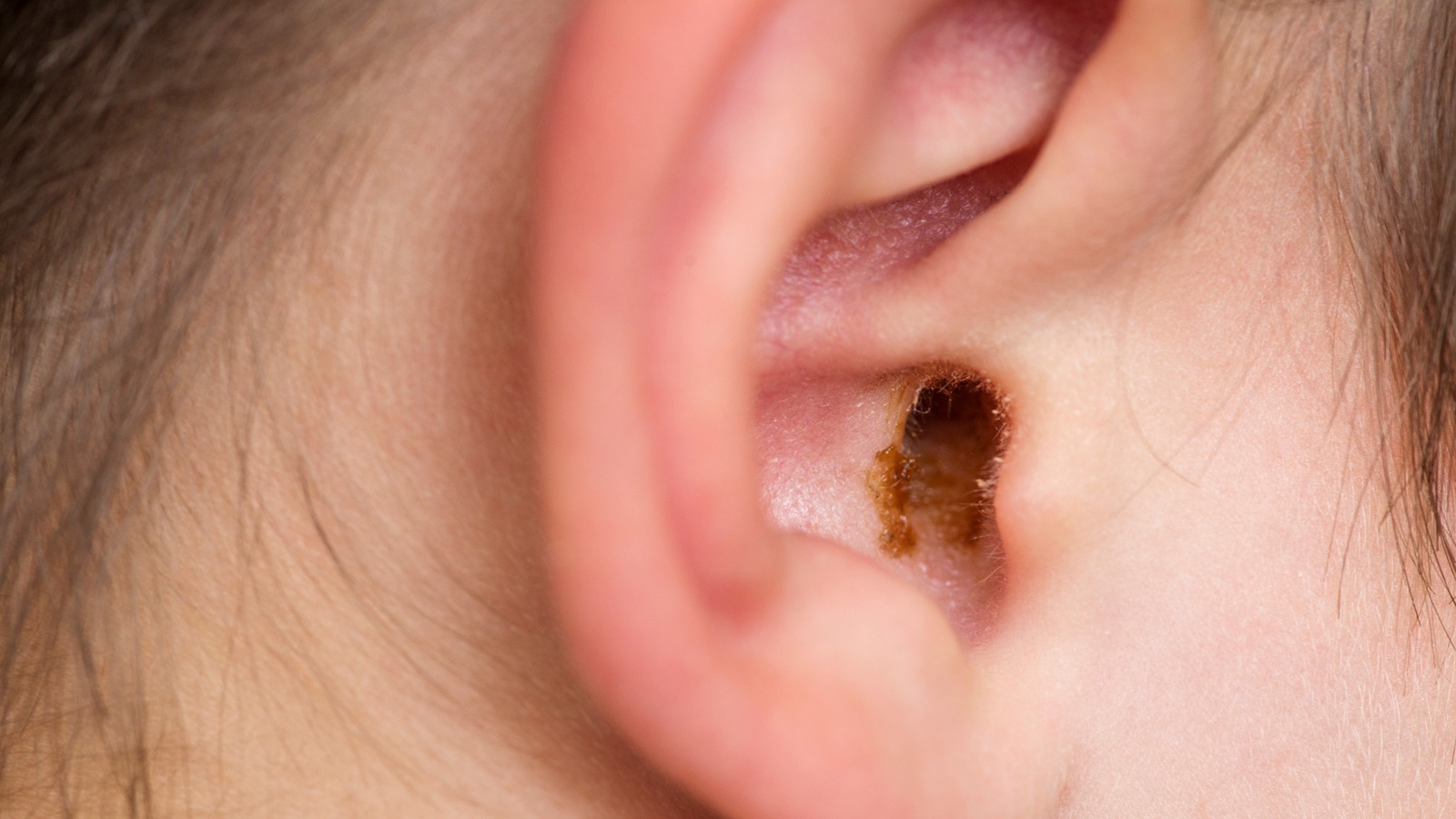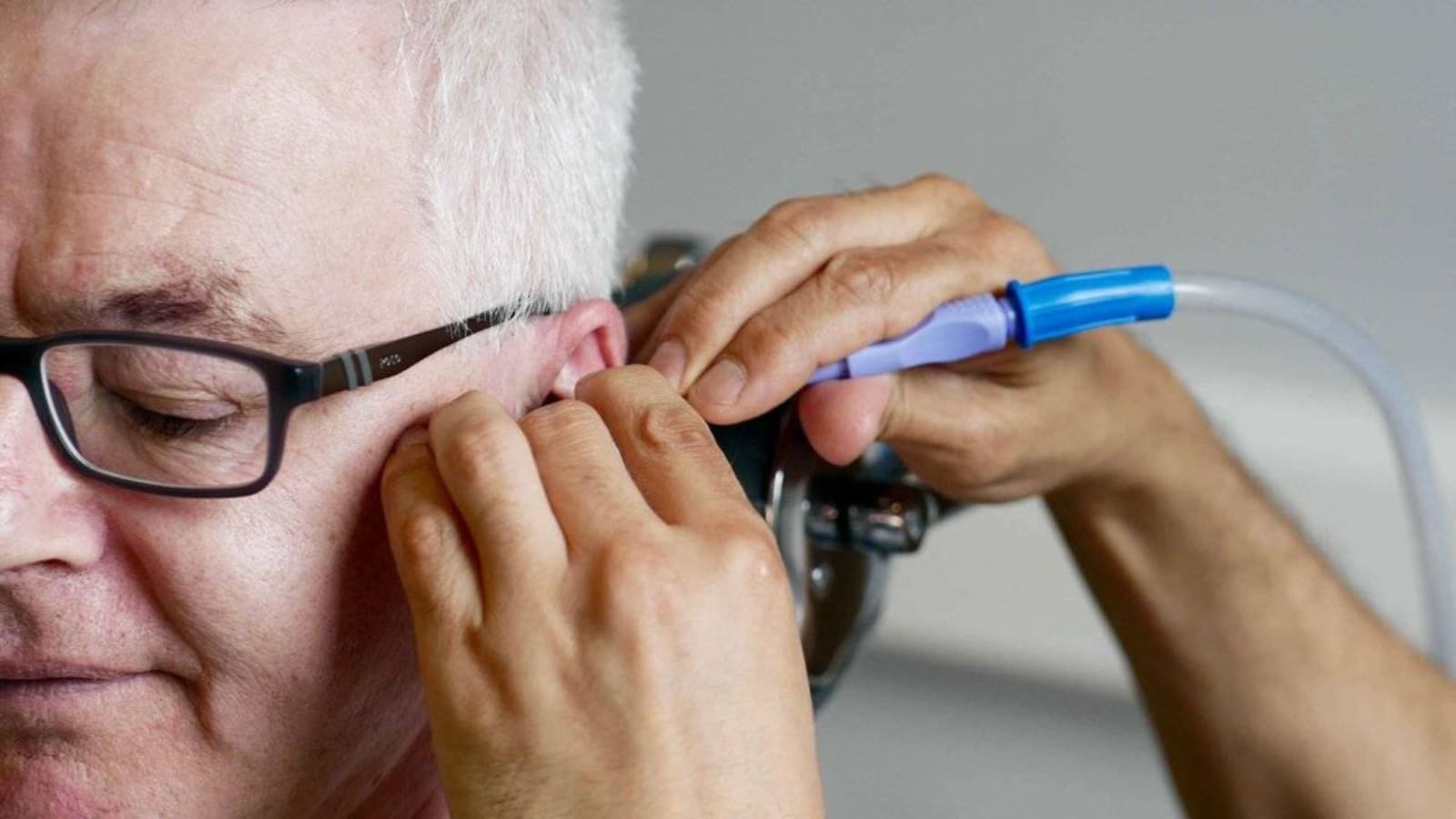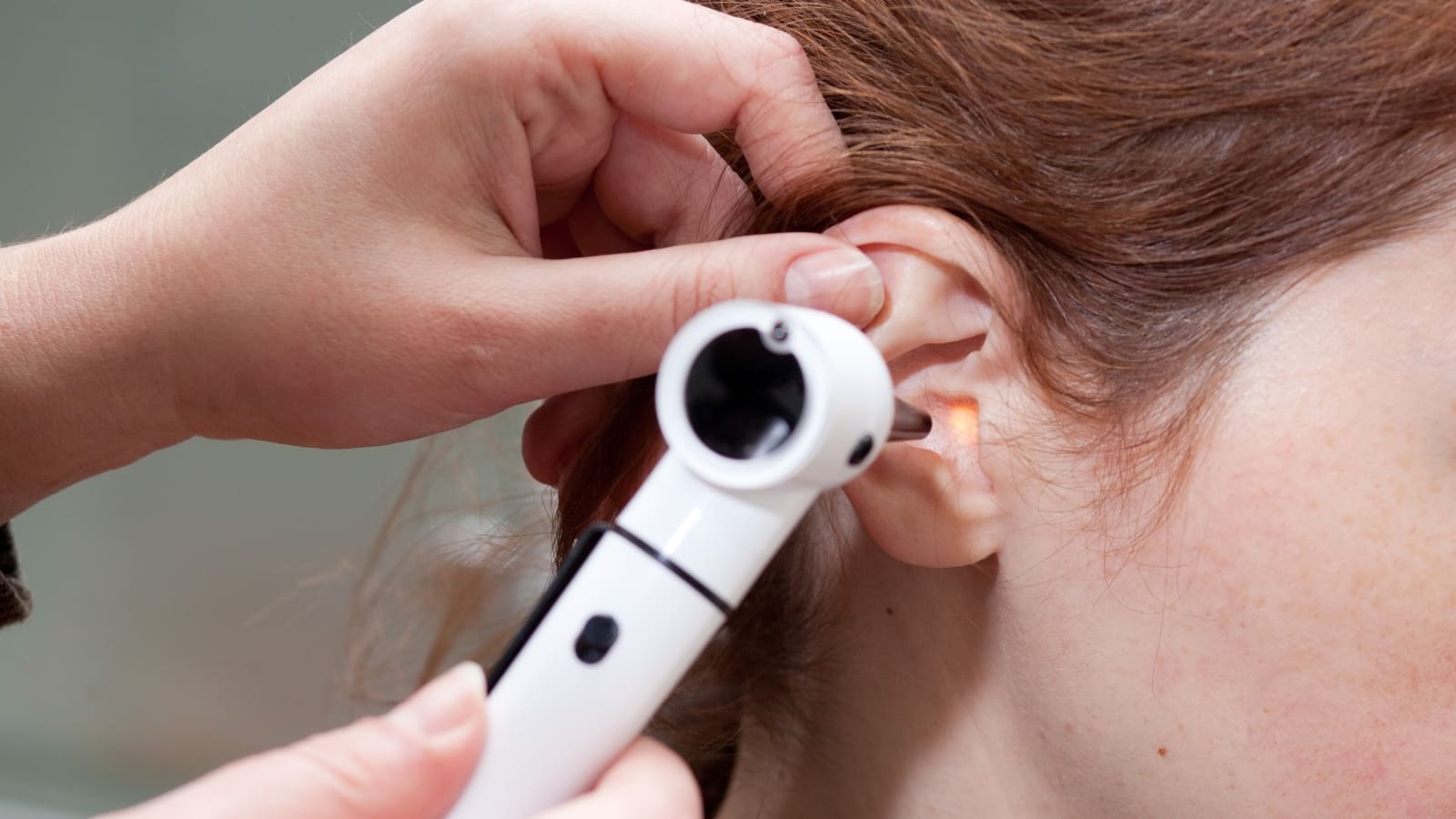Join The Nantwich Clinic Club to keep up to date with news and offers!
Sign Up
Ear wax is often considered to be one of the more unpleasant substances that is produced by your body, but it plays a very important role in keeping your ears healthy. Also known by it’s more scientific name of cerumen, ear wax is the self-cleaning system of your ears and is there to trap dirt and debris to stop it progressing further into the ear canal. It can even help to protect the skin inside the ear from irritation when water enters it when you’re in the shower.
The problem that some people face though is that excessive ear wax build up can occur and this may need to be removed by a professional. To help you understand ear wax a bit better, and how it affects your ears or when you’ll need to be seen, we’re here to help explain what happens if you have too much ear wax in your ears.
We’ll start with something that will contradict a lot of things that you’ve been taught from an early age, but there’s actually no hygienic reason for you to need to clean our any ear wax from within your ears. Ear wax itself is, more often than not, naturally excreted from the ear and doesn’t require any additional help to be removed. Simply doing things like chewing or moving your jaw to talk can help the ear wax to work its way to the outer part of the ear where it can flake off or be rinsed away in the shower.
While cotton ear buds are a common household item that the majority of the population will use on a near enough daily basis to “clean” their ears, but they don’t actually remove the ear wax. While some of it will come out attached to the ear bud, they tend to just push the wax deeper into the ear canal where it gets trapped and can’t escape (which can cause it to become impacted which we’ll touch on shortly). Ear buds can also cause irritation to the skin inside the ear and can dry the skin out.
You also shouldn’t put anything else into your ear, especially not pointed objects like bobby pins, as this could pose the risk of damaging or even puncturing your eardrums.

When the ear wax is pushed deeper into the ear, it can cause it to become trapped and cause a blockage in the ear canal (which in turn can lead to infection and/or hearing loss). It’s a very commonly occurring thing and tends to be more present in older people (as their ear wax is harder and therefore poses more trouble getting it to move). There is also an increased level of risk if you have a health condition that causes an increase in ear wax buildup such as eczema.
The other problem is that anything that goes into your ear can push the wax further in. While we’ve explained the risk around using cotton buds or other objects that could cause damage to the ear, anything that goes into the ear can contribute to ear wax impaction. This means that things like your hearing aids or earphones that you use to hear more clearly or listen to music could actually negatively impact your ear health.
Ear wax impaction can be diagnosed without any symptoms in some cases, but they will always need an ear exam using an otoscope to investigate the inside of the ear. Once diagnosed, then it’s a case of simply figuring out what the best course of action is to counteract the problems that built up or impacted ear wax can causes.

There are a number of different methods of ear wax removal that are available, including softening with specialized drops or irrigation using lukewarm water, but the method that we perform and find to be the best is ear wax microsuction.
Ear wax microsuction is developed in tandem with ENT specialists to remove any excess wax from the ear in a safe and comfortable manner. It uses gentle and pain free suction using a low pressure device to remove wax from within the ear, and it’s known as the safest and cleanest manner of ear wax removal.
Ear irrigation is another method that is considered to be completely safe and uses a specialized device to fire a pressurized stream of warm water into the ear wax to break it up and flush it out. This stream of water is controlled at a set level of pressure which is designed to help flush out ear wax without causing any damage to the ear and the procedure is considered to be painless, but it can often be a much messier procedure than any other method due to the use of water.
This is why we perform ear wax microsuction to remove ear wax within the clinic, and coupled with the fact that treatment times can be as short as 5 minutes per ear, it’s proving to be one of the most popular methods of ear wax removal around the world.

Outside of a good hygiene routine, there isn’t really anything else that you need to be doing. Washing and showering regularly will generally be enough to keep your ears clean, rinsing the dry wax away from the outside of the ear canal and leaving your ears in good health. If you feel that you are experiencing a build up of more ear wax than usual, then cleaning the outside of your ears with a damp cloth can also help to keep your ears clean without removing too much wax.
To find out more about the ear wax removal treatments that we are able to perform at The Nantwich Clinic, get in touch with our team to book a consultation appointment today on 01270 627118. Seeking professional advice and help is always the best step when it comes to your ears as they are delicate instruments and damaging them can lead to hearing loss.
Whether it’s a quick question that you need to ask, or you would like to book an appointment with us, we want to hear from you. Simply click the button below to get started or contact us on 01270 627118.
